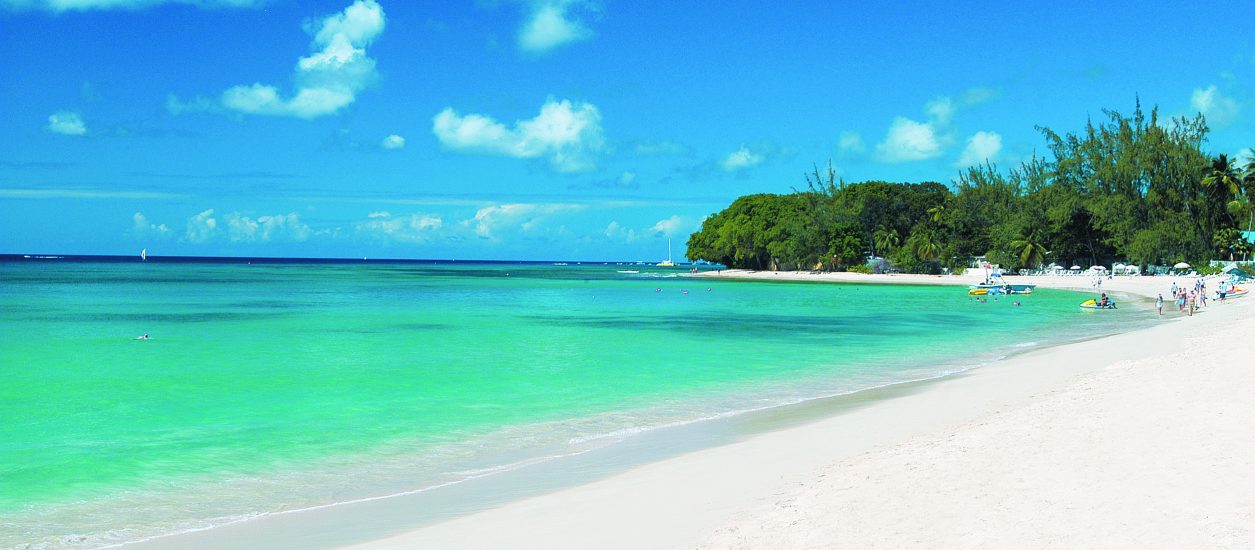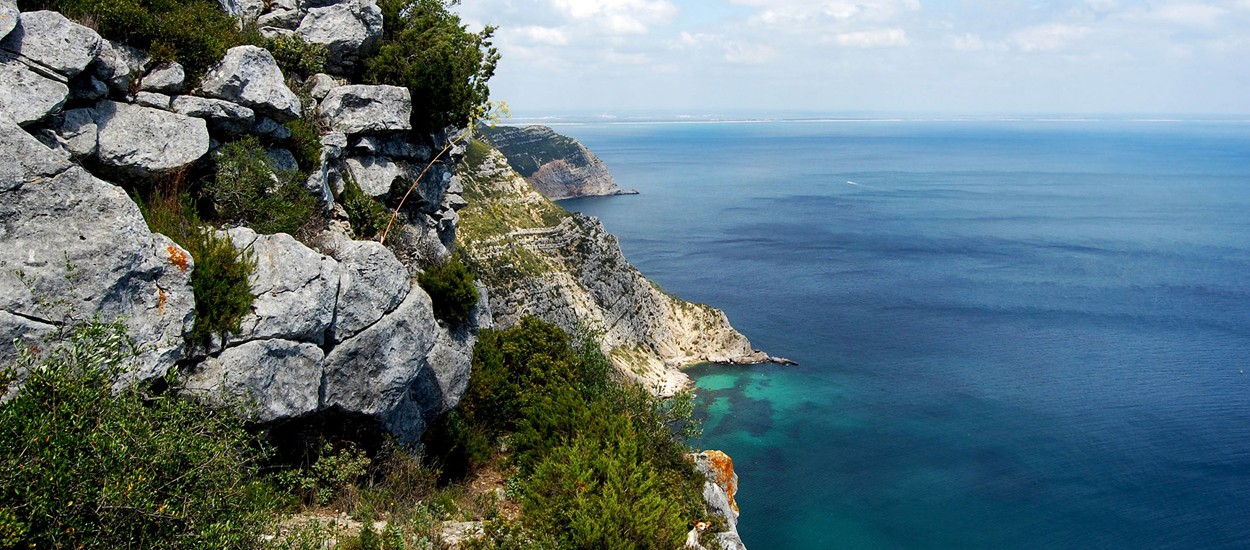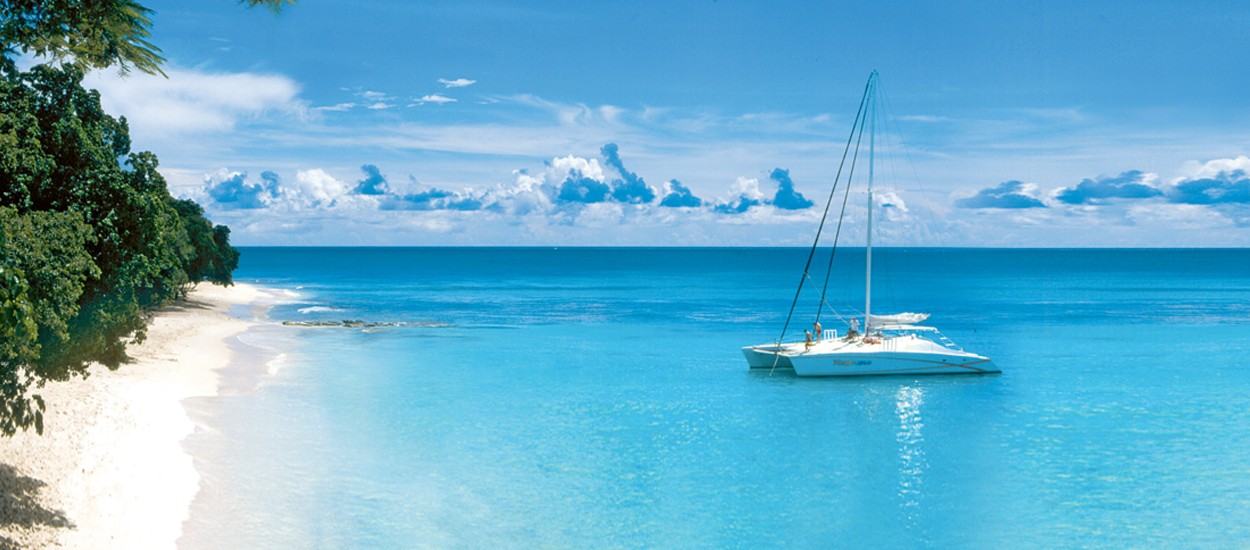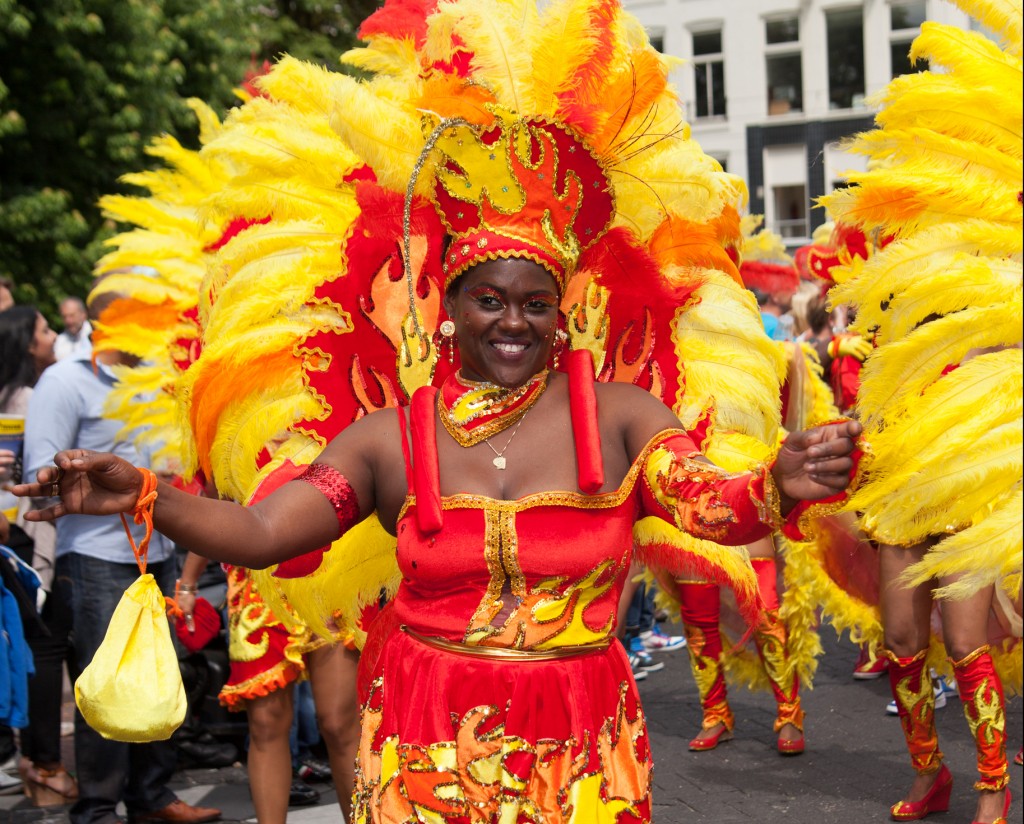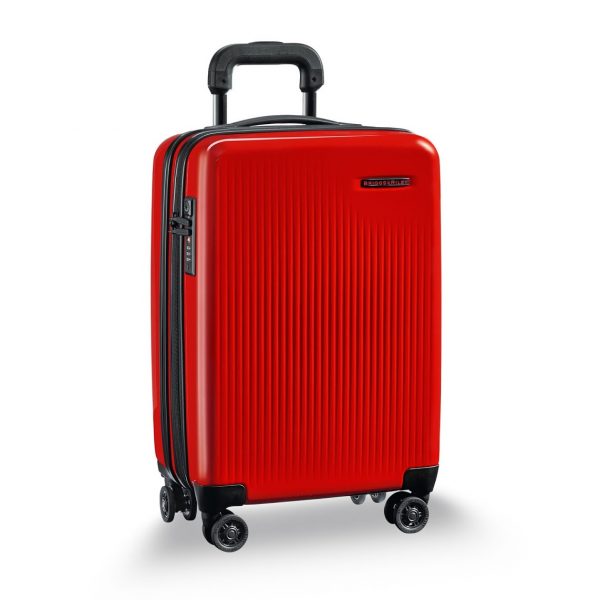Carnival! Spice And Life In South America
Experience the world’s biggest, liveliest Carnival in Rio de Janeiro
Carnival is one big street party exploding with colour, passion, dance and music. Taste sizzling street food, learn to dance the Samba with locals, and see the dazzling costumes – the glitter, feathers and breath-taking acrobatics.
The festivities take place in many Christian communities across the world, from Trinidad and Tobago, to San Fransisco in the US. There’s no disputing though that the biggest, brightest, wildest Carnival of all takes place in Rio de Janeiro, in South America.
In South America, Carnival is huge. The ancient Catholic tradition has been turned on its head and transformed into a vibrant celebration that spans over many weeks in the lead-up to lent.
t
Origins of Carnival
There are many theories surrounding the origins of Carnival, some of which stretch right back to ancient Greek and Roman times, where the people celebrated their gods of wine – Dionysus and Bacchus respectively – with a spot of harmless drunken revelry.
This ancient tradition was then thought to have been modified by the Roman Catholic church to tone down the drinking and make it more about feasting before Lent. The idea was that households would consume all rich foods like meat, dairy and sugar the night before Lent to remove all temptation during the fast.
Today, Carnival in many cultures is a massive event involving street parades, glittering balls and a level of revelry the ancient Romans and Greeks would be proud of.
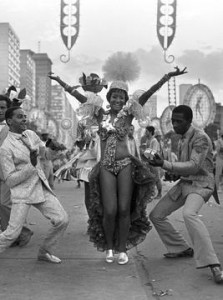 Rio Carnival History
Rio Carnival History
The Carnival in Brazil’s capital is considered to be the biggest in the world, enticing as many as two million people out onto the streets every day.
The city’s first festivals took place back in 1723 when Portuguese immigrants from the islands of Madeira, Acores and Cabo Verde took to the streets to soak each other with buckets of water and food – a tradition known and Entrudo (final day before Lent). As the event evolved over the years, people began to introduce organised parades to the celebrations, and even the Emperor and aristocracy would get involved with the ‘grandees sociedades’ (great societies), where they would don masks and ornate costumes.
During times of military censorship, Carnival would be used to express political dissatisfaction, with the use of satire to express displeasure at the government’s choices.
During African slavery in the 1800s, Samba was introduced to Brazil. This is an eclectic mix of music, song and dance that is now an integral part of the city’s character and the heart of Rio Carnival.
Rio Samba Parade
This is the piece de resistance of the Rio Carnival and possibly one of the biggest parties on earth, inviting all visitors to spend the week singing, dancing, drinking and moving to the cacophony of rhythms on Rio’s streets. This is an explosion of Brazilian culture – a time for the local people to express who they are through their bodies.
Since 1984 the Samba Parade has been held at the Sambadrome, where twelve of the best samba schools in the city compete for the prestigious championship each year. The schools are required to present a theme portrayed through live musicians, dancers and incredible costumes and floats. Preparations for this event last all year, and the final result is breath-taking.
The Parade is officially started on the Friday before Lent by the mayor, who crowns ‘King Momo’ (representing joy and prosperity) to set the ball in motion and spread the fever all over the streets, bars and clubs of the city. And here’s a video spreading that festival fever over the ether:
t
Carnival Costumes
Dressing up is at the heart of Carnival – it’s a way of freeing oneself from the rigours of daily life, of becoming a part of the crowd and of the Carnival itself. While some of the Samba dancers wear next to nothing, full nudity is not allowed at Carnival. Many of the costumes are risque but beautiful, with a dazzling array of sequins, sparkles and feathers.
A costume is your ticket to the Samba parade, enabling you to join in with the festivities. You can buy these made to measure in the lead-up to the event. Outsiders are more than welcome to party with the parade – the Carioca (name for Brazilian locals) are known for their warmth and friendliness.
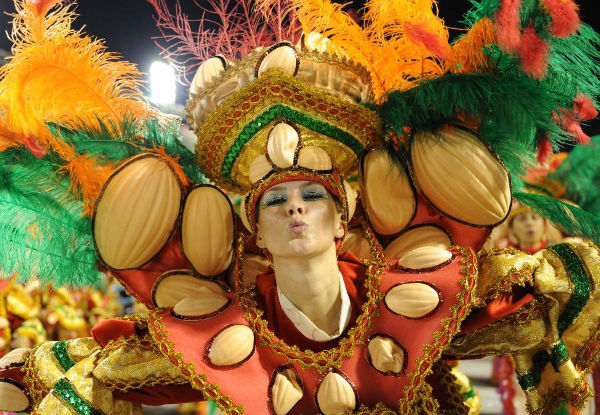
t
The Carioca
 Brazilians are known as Carioca, and they are generally a spirited community – friendly and welcoming to outsiders, with an infectious love of partying. The name comes from the Portuguese immigrants who settled on these shores in the 1700s. They built houses that the native Tupi Indians called karai oca, translating as ‘white house’. Before long, the Portuguese adopted the name and began calling themselves Cariocas.
Brazilians are known as Carioca, and they are generally a spirited community – friendly and welcoming to outsiders, with an infectious love of partying. The name comes from the Portuguese immigrants who settled on these shores in the 1700s. They built houses that the native Tupi Indians called karai oca, translating as ‘white house’. Before long, the Portuguese adopted the name and began calling themselves Cariocas.
Often, you don’t need to be a Rio native to be classed as a Carioca: it’s all about attitude and spirit – a way of life. Cariocas are characteristically laid back – half an hour late for meeting someone? It doesn’t matter. They are also extremely friendly and tourists find themselves making friends with the locals very quickly. They are very open with their body language and both men and women greet each other with kisses, hugging and friendly back slaps. Passions include the beach, partying and playing sports. They often enjoy all three at once, and large groups will hit the beach to enjoy an afternoon playing football and drinking beer in the sunshine.
Rio Info
Location – Rio de Jeneiro is located in the south east of Brazil, on the coast.
Climate – The city benefits from a tropical climate, which means the temperature is fairly warm all year round and the weather is usually sunny. Summer falls between December and January as it’s located in the southern hemisphere. Expect hot, humid weather during Carnival season.
Currency – The currency in Brazil is called the Real (BRL). All major credit cards are accepted.
Intercity Transport – Rio has a public bus service that takes passengers to all parts of the city. There is also an underground train system, Metro Rio, although it only has two lines and 35 stations. For the more active visitors, cycling offers an ideal way of seeing the city. Rio is in fact listed as one of the top 20 cities in the world to use bicycle as transport. The city has 450km of cycle lanes and plenty of bike racks – as well as a bicycle rental programme called SAMBA.

